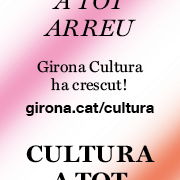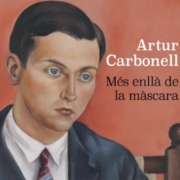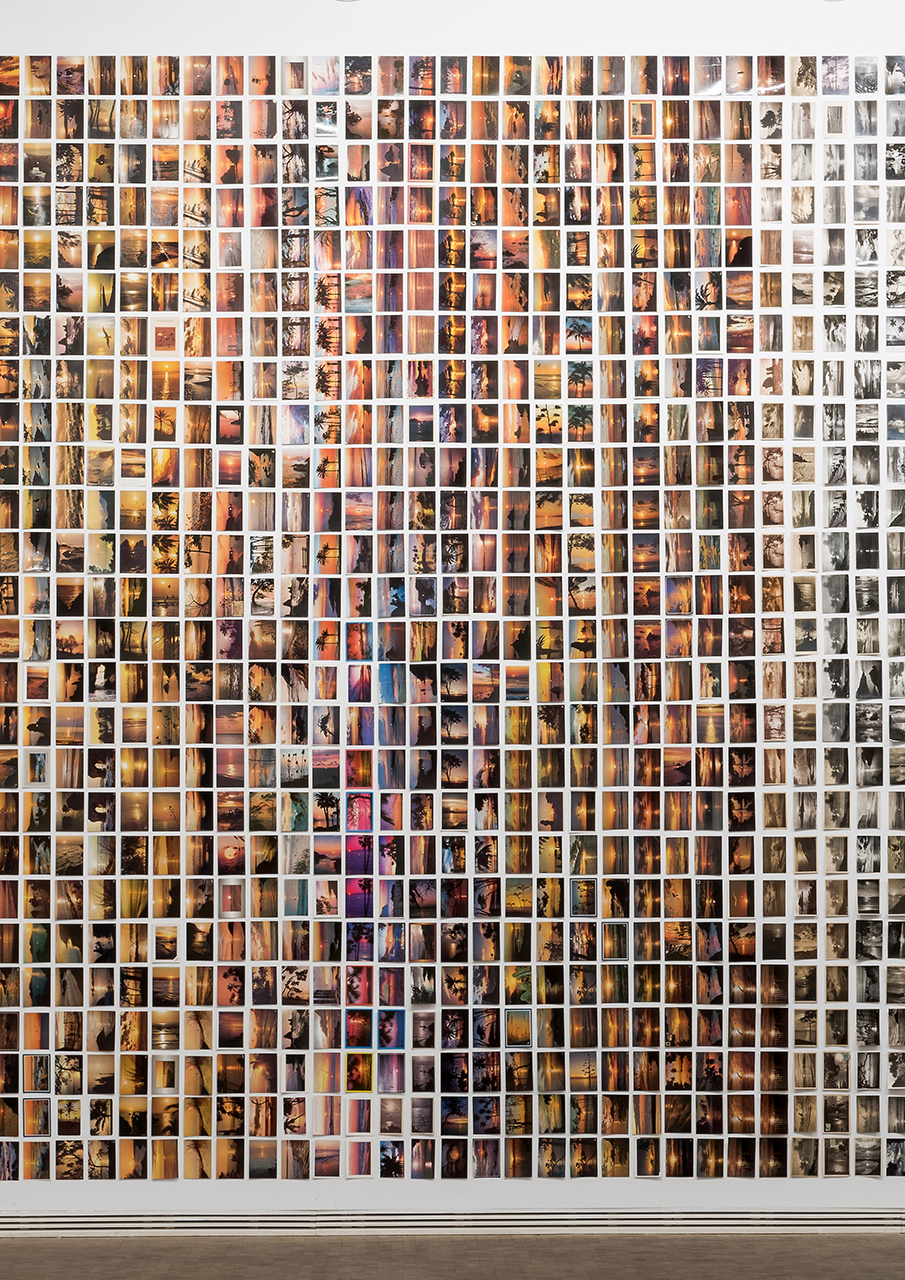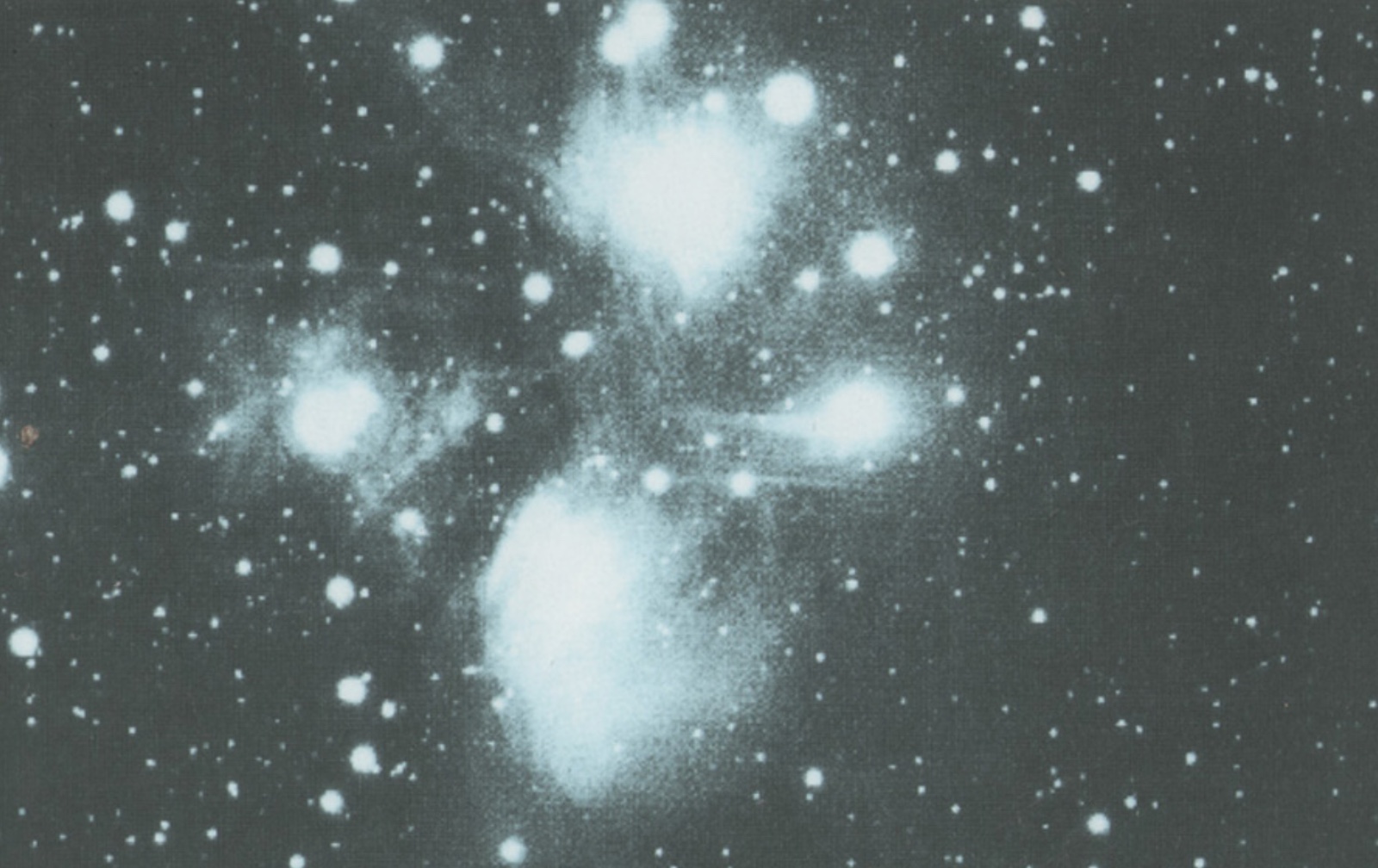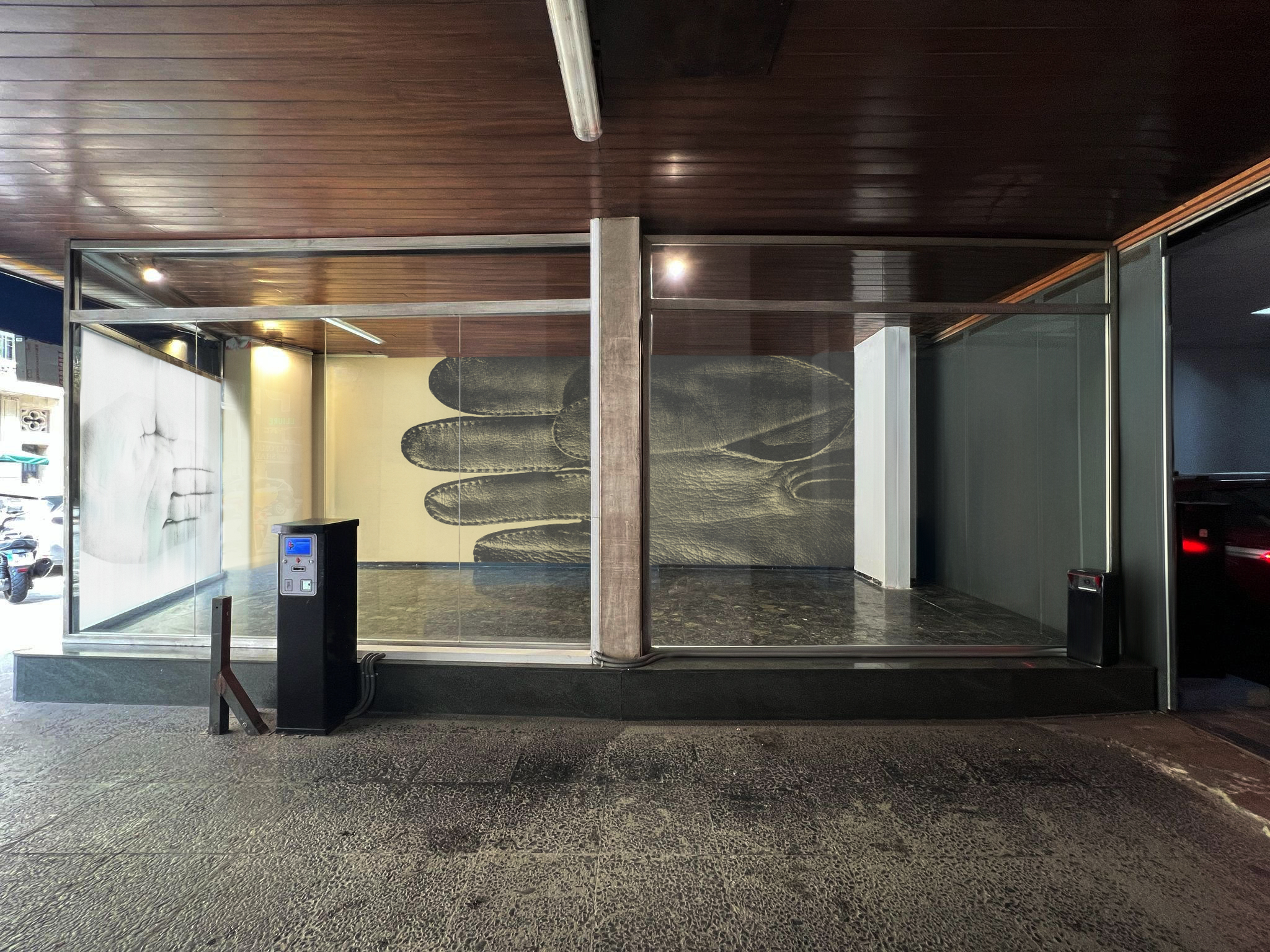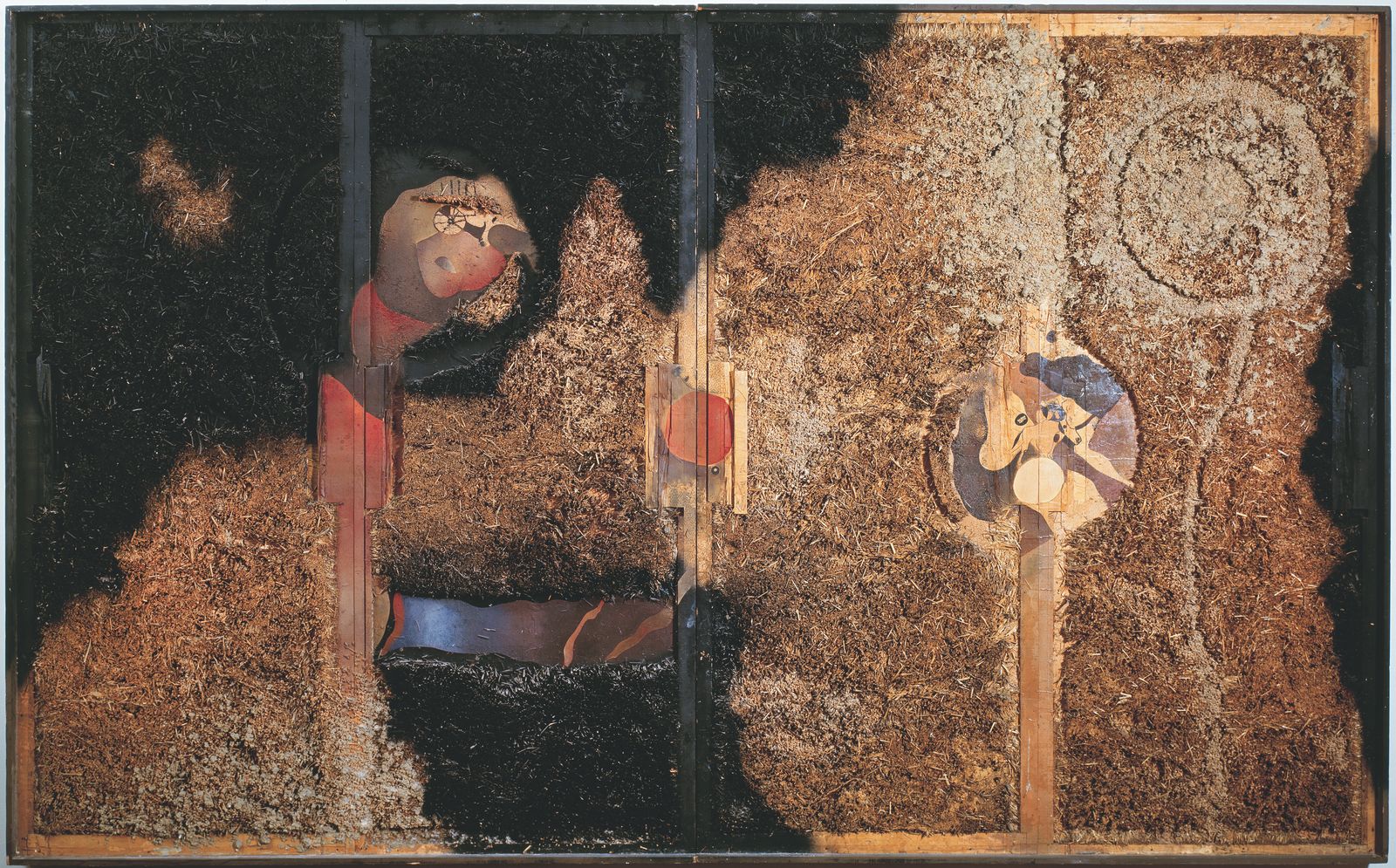Exhibitions
Eadweard Muybridge: the revolution of movement
The MUN celebrates its tenth anniversary with an exhibition that explores the artist's impact on photography, film and science.
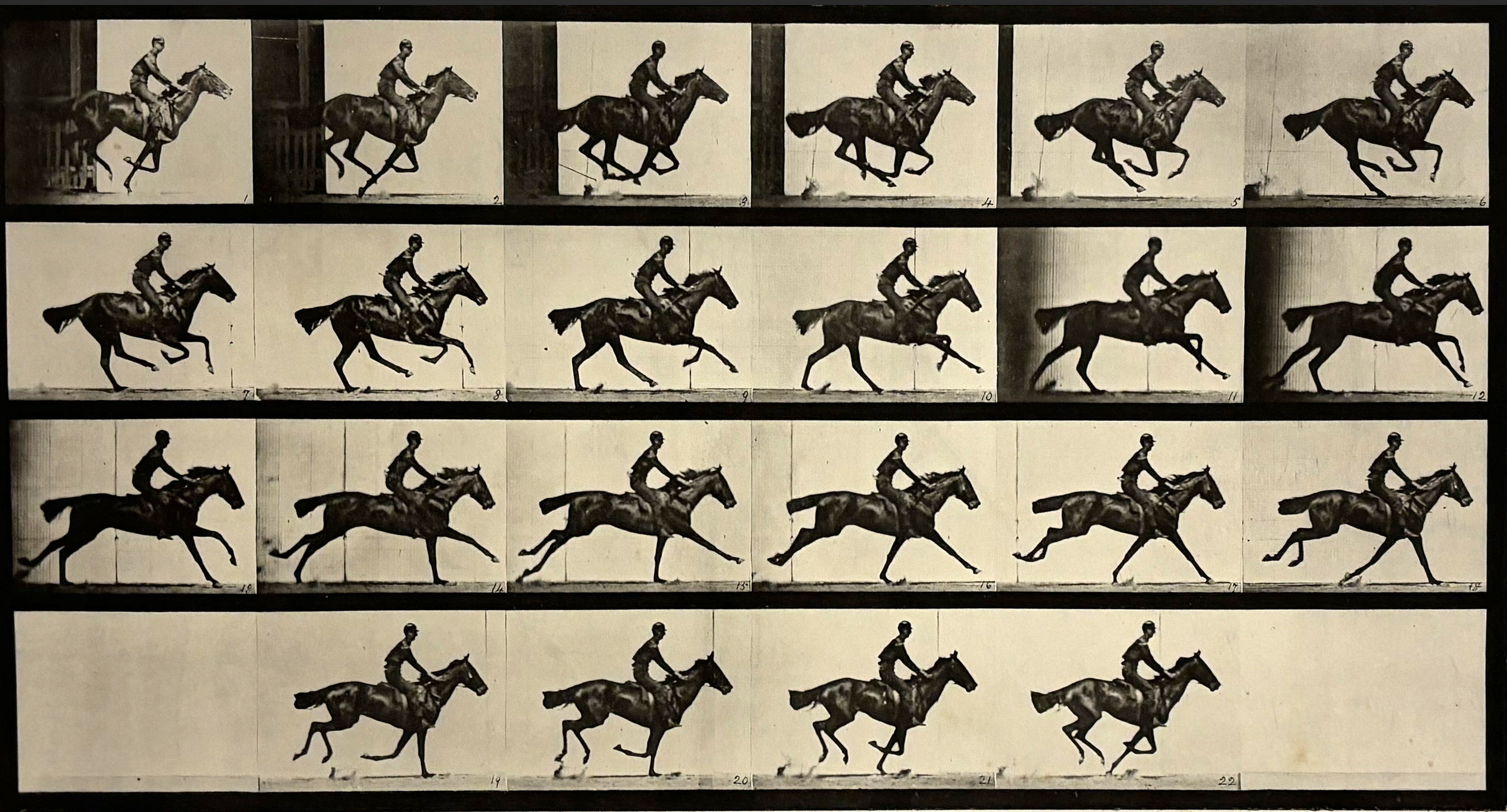
The University Museum of Navarra (MUN) brings Eadweard Muybridge to the center of the stage with an exhibition that invites the public to immerse themselves in his way of understanding movement and how it not only revolutionized photography, but also influenced disciplines as diverse as cinema and science. The exhibition, which opened last Wednesday, is the museum's sixtieth exhibition, coinciding with its tenth anniversary, and features 56 photographs selected from an album of 93 snapshots. The pieces have arrived in Pamplona thanks to the loan of Ernesto Fernández Holmann and Marta Regina Fischer , members of the MUN's Board of Promoters.
The work of Eadweard Muybridge (Kingston upon Thames, 1830-1904) marked a before and after in the visual representation of movement. His fame came in the 1870s, when he accepted the challenge of demonstrating whether horses, at full gallop, lift all four legs at the same time. He achieved this by arranging 24 cameras in a line and capturing sequences of images that, for the first time, broke down movement in a way that the human eye could not perceive. This technique was revolutionary and laid the foundations for what, years later, would become cinema.
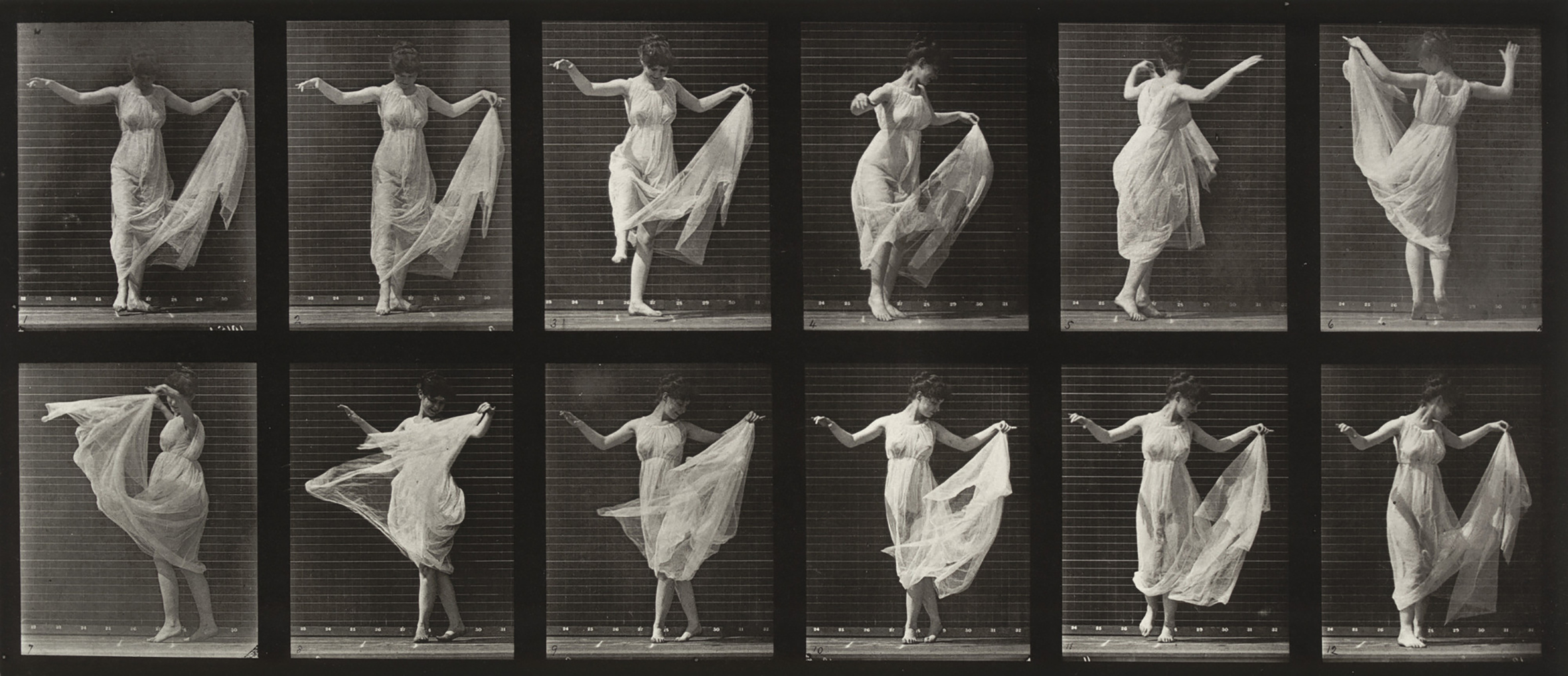 Animal locomotion #187, Edward Muybirdge (1887). MUN
Animal locomotion #187, Edward Muybirdge (1887). MUN
The MUN exhibition, which will be open to the public free of charge until the end of August, features his iconic series of animals, from horses to camels, lions, elephants and eagles, as well as photographs of people. His images were fundamental to science, as they allowed for the precise analysis of human and animal locomotion, contributing to the development of disciplines such as anatomy, biomechanics and even the creation of prostheses. Valentín Vallhonrat , curator of the exhibition together with Ignacio Miguéliz , highlights that Muybridge managed to “include time within photography”, and explains that, by using a zoetrope to display the images at high speed, the illusion of movement was generated. He also devised a system for projecting his photographic sequences, thus planting the seed of cinema.
 Animal locomotion #161, Edward Muybirdge (1887). MUN
Animal locomotion #161, Edward Muybirdge (1887). MUN
Beyond photography and cinema, painters such as Rodin , Degas , Duchamp and Bacon drew on his work to capture dynamism in their works. One of the most outstanding examples in the exhibition is the series of a woman descending a staircase, which at the time caused a stir for showing her naked body. Despite the controversy, this image paved the way for key pieces of modern art, such as Picasso's Les Demoiselles d'Avignon or Duchamp 's Nude Descending a Staircase.
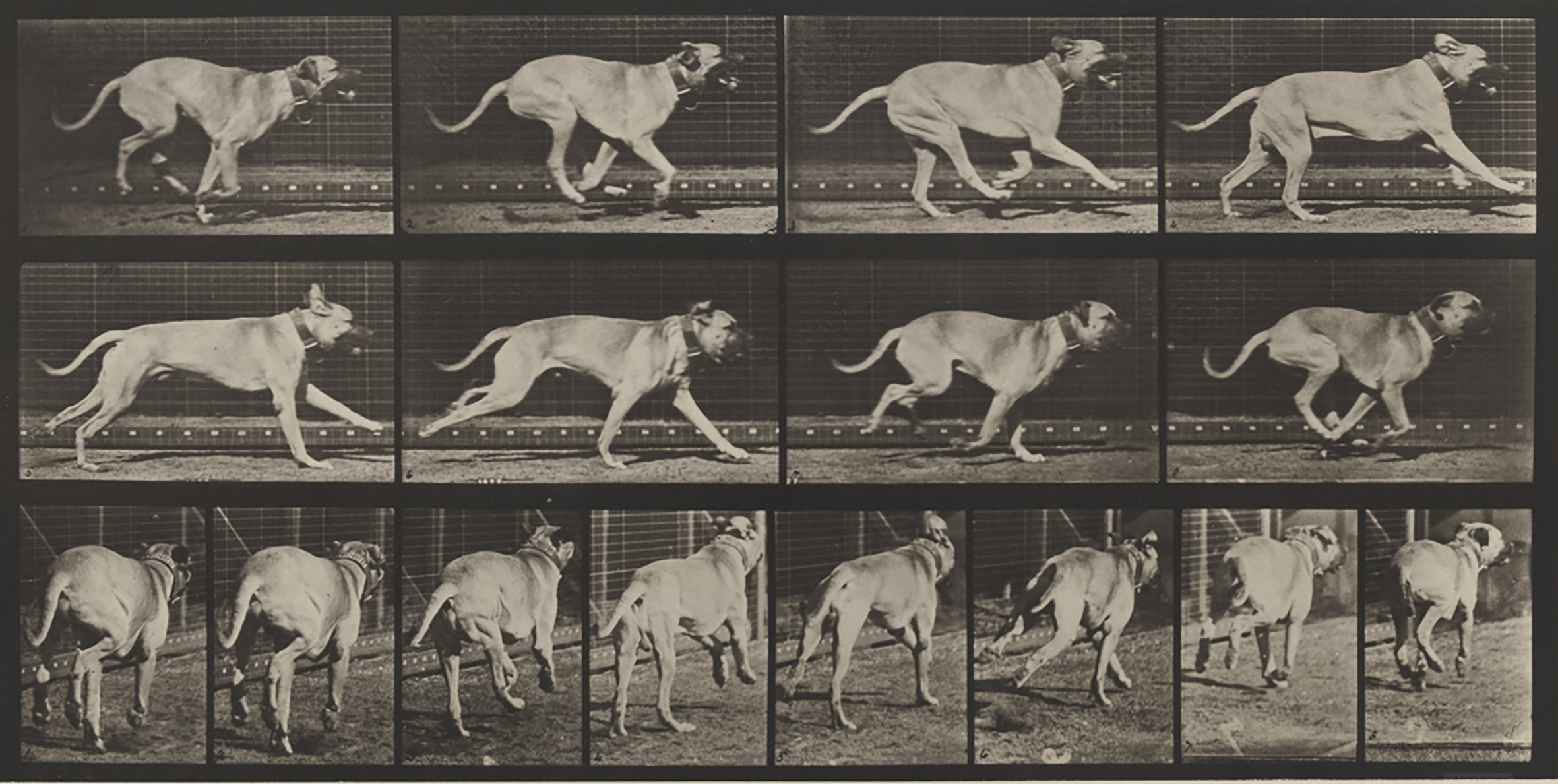 Animal locomotion #707, Edward Muybirdge (1887). MUN
Animal locomotion #707, Edward Muybirdge (1887). MUN


